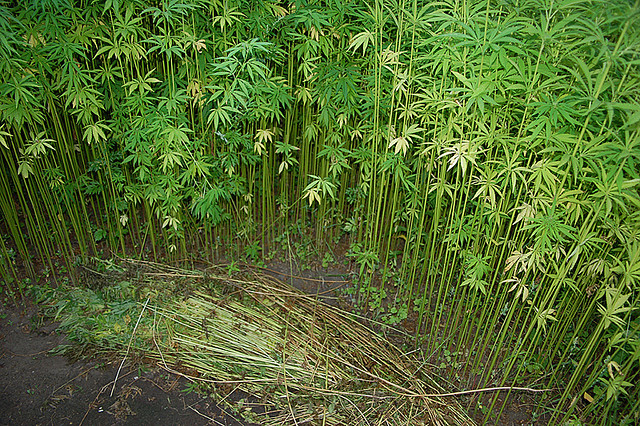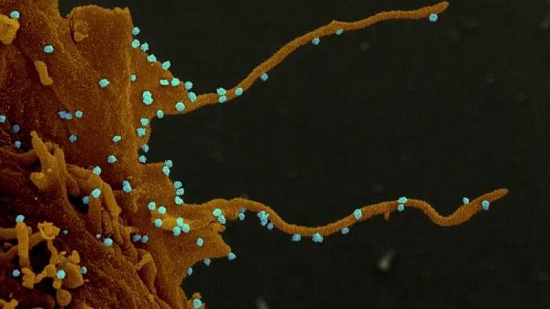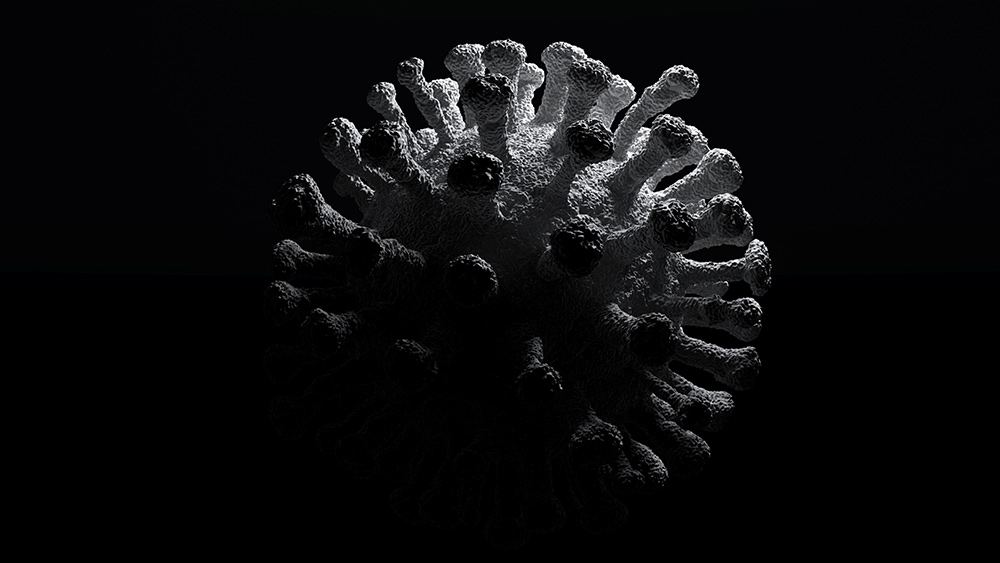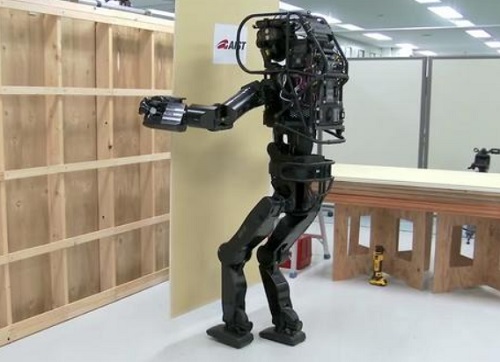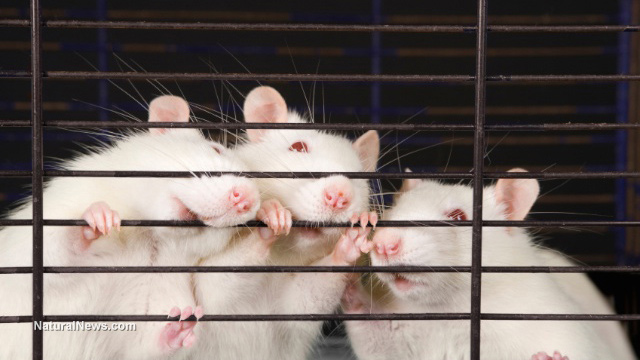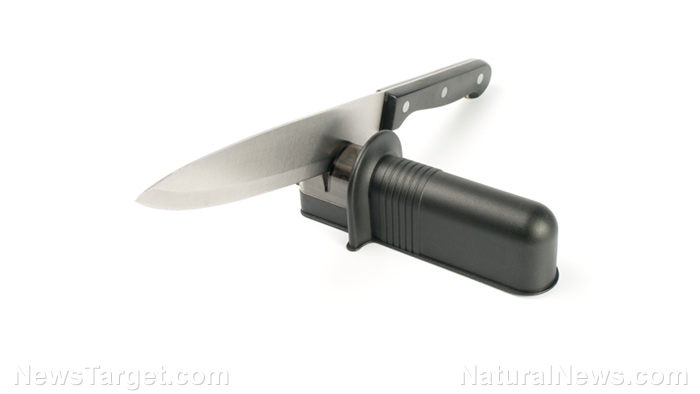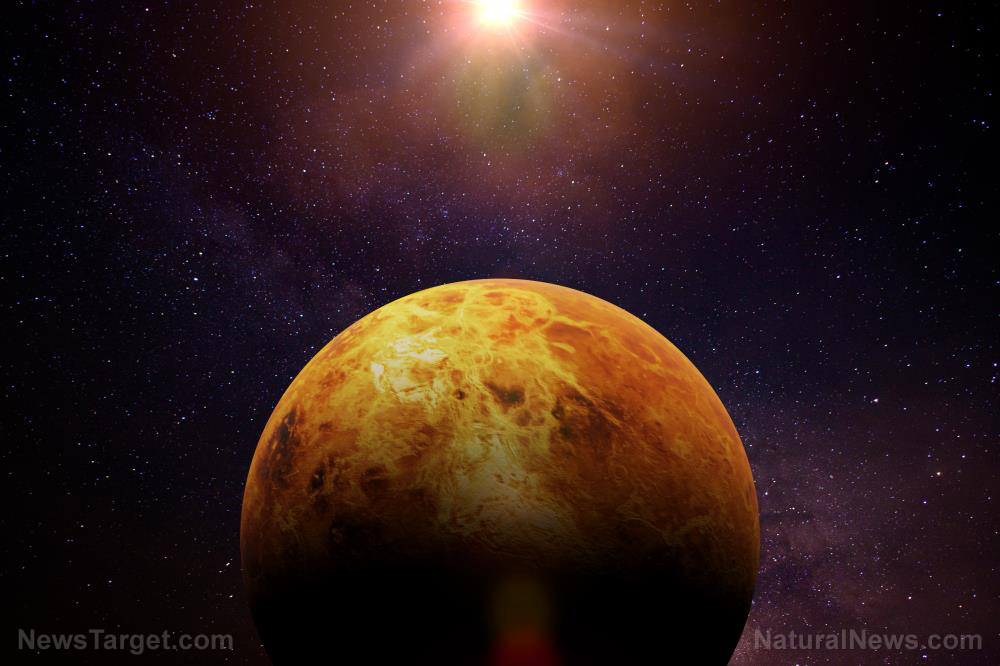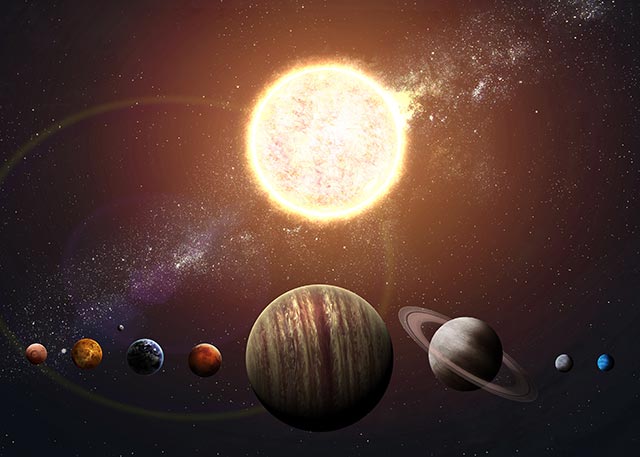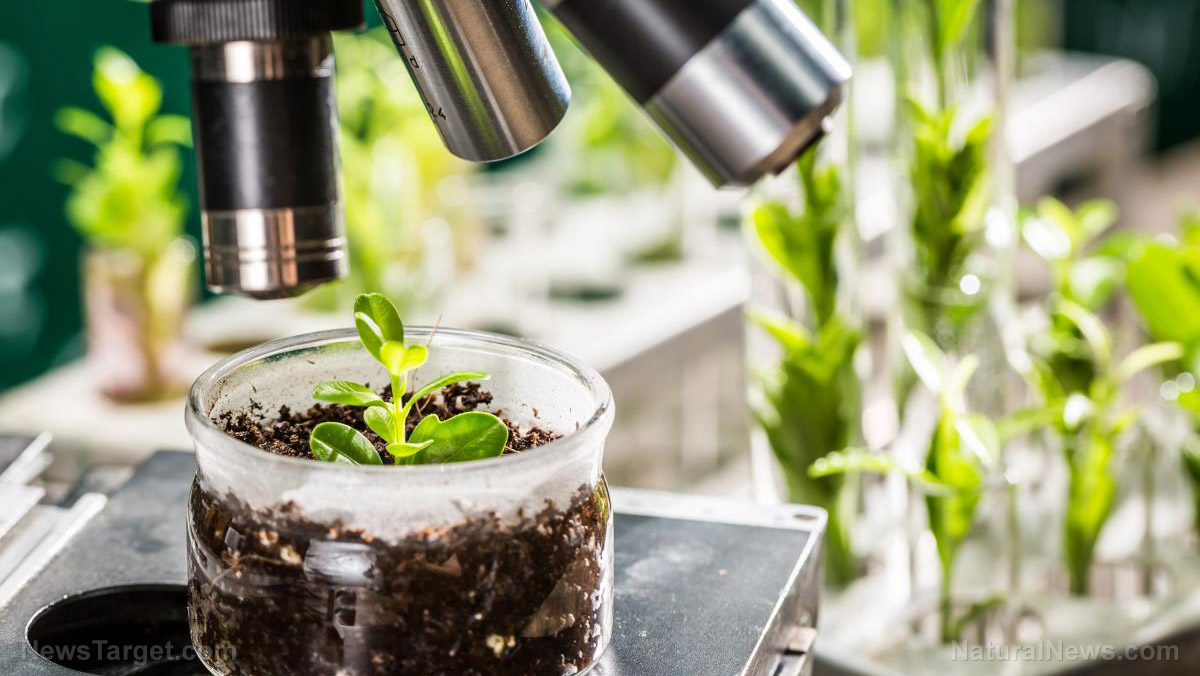Cryopreserved avocados may be sent to outer space
10/07/2020 / By Virgilio Marin

Astronauts may never have to miss out on avocados during a space voyage, thanks to a group of researchers who developed a cryopreservation method for the fruit.
The team froze avocado shoots in cryotubes and revived them later to be regrown into a healthy plant. After trying out different techniques and avocado varieties, they said that the series of experiments was an overall success. It took no more than half an hour for the shoots to recover and just two months for them to regrow leaves.
This new method could ensure that avocados would never go extinct and that shortages would be addressed, especially in areas and during seasons where supply couldn’t keep up with the demand. It could also be used to ship avocados to outer space, according to co-researcher Neena Mitter, the director of the Center for Horticultural Science at the University of Queensland in Australia.
“I suppose you could say they are space-age avocados, ready to be cryo-frozen and shipped to Mars when human flight becomes possible.”
The team’s invention marks the first time scientists successfully created a cryopreservation method for avocados, which was in the works for over 40 years.
High success rate for avocados frozen in cryotubes
Chris O’Brien, a doctorate student at UQ, developed the first critical steps for the cryopreservation method. His mission was to preserve avocado cultivars and key genetic traits to protect them from possible destruction by such threats as bushfires, diseases and pests.
He thought that using liquid nitrogen was a good technique for preserving the fruit as it didn’t require electricity to maintain temperatures. “[It’s] an effective way of preserving clonal plant material for an indefinite period,” O’Brien added.
Though cryopreservation is more commonly used to freeze sperm and eggs, it’s also applied in fruit preservation; scientists have successfully cryopreserved potatoes, strawberries and apples. However, avocados prove to be stubborn.
O’Brien teamed up with Mitter and botanist Raquel Folgado of the Huntington Library, Art Museum and Botanical Gardens in California to come up with a solution. They developed clonal shoot tips using tissue culture propagation technology, a technique used to maintain plant cells.
However, the first few experiments were a dud, as the team dealt with brown mush. O’Brien said that the whole process of coming up with the perfect shoot tip was “a question of trial and error to get the optimal mixture and correct time points.” The researchers experimented with priming the tips with vitamin C and applying various pre-treatments, such as adding sucrose and exposing them to cold temperatures. Incorporating these techniques helped them succeed where others failed.
They put the tips on aluminum foil strips, which would allow the tips to cool and rewarm without turning into slush. The strips were inserted into cryotubes that were filled with liquid nitrogen. When the team retrieved them later, O’Brien said that it took only 20 minutes for the tips to recover and another two months to grow new leaves, which meant they’re ready to develop roots before planting. One shoot tip was expected to yield 500 avocado plants.
The researchers were 80 and 60 percent successful in regrowing frozen reed avocado and Velvick cultivar, respectively. “It was a massive achievement – no one’s been able to cryopreserve avocado from shoot tips,” O’Brien told ABC News.
The team’s timing couldn’t be more apt as the National Aeronautics and Space Administration (NASA) recently expressed a strong desire to send the first humans to Mars. NASA’s latest manned mission to the Moon, the Artemis program, is considered as a stepping stone to sending the first humans to the red planet. It will be launched in 2024. (Related: Green thumb in space: NASA has decided that gardening in space is crucial for the next generation of explorers.)
Learn more food preservation techniques at FoodScience.news.
Sources include:
Tagged Under: astronaut diet, avocado, breakthrough, cryopreservation, cryotubes, discoveries, food in space, Food Preservation, fruits, innovation, Mars mission, NASA, plant extinction, research, Space, Space Mission
RECENT NEWS & ARTICLES
COPYRIGHT © 2018 BREAKTHROUGH.NEWS
All content posted on this site is protected under Free Speech. Breakthrough.news is not responsible for content written by contributing authors. The information on this site is provided for educational and entertainment purposes only. It is not intended as a substitute for professional advice of any kind. Breakthrough.news assumes no responsibility for the use or misuse of this material. All trademarks, registered trademarks and service marks mentioned on this site are the property of their respective owners.

